Reviewed by Corey Noles
Let me tell you something: I've been using NotebookLM since its early days, mainly for document analysis and research. But when it came to YouTube videos? The manual process of copying URLs one by one was driving me absolutely nuts. NotebookLM is grounded only in the sources you provide, making it incredibly accurate and focused for learning—but getting those YouTube sources in there was a real pain point that nearly made me abandon entire research projects.
That all changed when I discovered NotebookLM YouTube Turbo, a Chrome extension that completely transforms how you handle video research. After using it for several months now, I can honestly say this isn't just another browser add-on—it's designed to save time and simplify workflow by managing YouTube videos in NotebookLM, and it's ideal for content creators, educators, learners, and researchers.
Why YouTube research in NotebookLM was such a headache
Here's the thing: while NotebookLM does accept YouTube videos as sources, the process was clunky at best. To add multiple videos, one must copy each URL and manually import it, which meant I was spending more time on logistics than actual research. Picture this: you're deep-diving into competitor analysis, maybe building a comprehensive course on emerging tech trends, and instead of focusing on synthesizing insights, you're stuck in this endless loop of switching tabs, copying URLs, and manually importing each video.
What made this even more frustrating was how this workflow friction actively limited my research depth. I'd often settle for analyzing just 5-6 videos instead of the 20+ that would have given me comprehensive coverage, simply because the import process was such a drag. The irony? NotebookLM is by far the best AI project Google has piloted, yet Google focuses on developing and adding flashier features like Audio and Video Overviews instead of fixing this fundamental workflow issue.
This disconnect between having an incredibly powerful AI research tool and such a tedious import process was maddening. Here's a platform that can generate mind maps, create audio summaries, and answer complex questions about your sources—but first you had to spend 20 minutes just getting your content into the system before you could leverage any of that power.
How NotebookLM YouTube Turbo changes everything
This is where the magic happens. NotebookLM YouTube Turbo streamlines the process of collecting and importing YouTube videos into NotebookLM with surgical precision. With just a few clicks, you can gather multiple video links from playlists, your own videos, or search results—transforming what used to be a 20-minute chore into a 30-second task.
Beyond the basic functionality, what's particularly impressive is how this changes your research mindset entirely. Instead of maintaining multiple browser tabs and losing track of which videos you've already imported, you can now stay focused on the actual analysis. The extension enables batch processing that fundamentally shifts how you approach comprehensive research. Once you've collected your URLs, you can quickly add your collected URLs into your NotebookLM project and get back to the actual research.
The time savings alone are worth it, but there's something deeper here too. When the friction of importing content disappears, you're more likely to actually use the tool for comprehensive research. Before this extension, I'd often settle for fewer sources because the import process was such a drag. Now? I'm building much more thorough research notebooks because the barrier to entry has virtually vanished.
Getting started: installation and setup
The setup process couldn't be simpler. You can install it from the Chrome Web Store—just search for "NotebookLM YouTube Turbo," click add, and you're immediately ready to transform your research workflow. The installation follows the standard Chrome extension process with no additional complications or setup requirements.
Once installed, the extension places a NotebookLM button above the playlist breakdown or below the video when viewing them individually. The interface is clean and intuitive, designed to feel like a natural part of YouTube rather than an intrusive add-on. It doesn't clutter your browsing experience or add unnecessary complexity—which is exactly what you want from a productivity tool.
The integration feels native, which tells me the developers actually thought about user experience rather than just functionality. When logged into a Google account, you can select to create a new notebook or choose an existing one, which will then populate with the selected content. The fact that it connects seamlessly with your existing Google account and NotebookLM setup means you're not dealing with additional authentication headaches or workflow disruptions.
Real-world workflow improvements
The beauty is in the batch processing—instead of importing videos one at a time, you're handling entire collections of content. You can use the extension to collect video URLs with a single click when on YouTube playlist, video search results, or your video library, then seamlessly transition these into your research environment.
What's particularly impressive is that the YouTube to NotebookLM extension can import entire playlists and channels directly from YouTube. Think about what this means for research efficiency: you can grab an entire educational playlist, a complete conference's video collection, or all the content from a specific creator without any manual intervention.
Once your content is imported, here's where NotebookLM's real power kicks in. The content can be used to create mind maps, generate reports, and ask questions about the existing content, leveraging all of NotebookLM's powerful AI capabilities. You're not just collecting videos—you're creating a searchable, analyzable knowledge base that you can interact with through AI-powered queries.
I've used this workflow for everything from competitor analysis (importing entire channels of competing content creators) to academic research (grabbing lecture series and conference presentations). The extension transforms what used to be a tedious data collection phase into the foundation for much more sophisticated analysis work. In one recent project analyzing AI presentation trends, I was able to import 47 videos from three different conferences in under two minutes—something that would have previously taken me the better part of an afternoon.
Understanding the limitations and alternatives
No tool is perfect, and this extension has its boundaries. NotebookLM's limitations include a maximum of 50 sources for free-tier users and 300 for Pro subscribers, so you'll need to be strategic about what you import. This means you can't just throw everything at it—you need to be thoughtful about which videos actually contribute to your research goals. I learned this the hard way when I hit the 50-source limit while building a comprehensive analysis of tech keynote trends.
The app currently only supports bulk import of YouTube links and tabs, with no support for other video services, and YouTube to NotebookLM is limited to Chrome browser. If you're working across multiple video platforms or prefer Firefox, you'll need to look elsewhere for similar functionality.
If you need broader functionality, there is a Web Importer extension available for Firefox and Chrome that can handle additional links, though it doesn't offer the same YouTube-specific optimizations. The general web importer is useful for mixed-media research, but it lacks the specialized playlist and channel handling that makes the YouTube-focused extension so powerful.
These limitations aren't deal-breakers, but they do shape how you should think about using the tool. It's designed for YouTube-centric research workflows within the Chrome ecosystem—and within those parameters, it excels.
Where do we go from here?
What excites me most is how this combination democratizes sophisticated research methods. NotebookLM's advanced AI capabilities extend beyond traditional research tools, and when you remove the friction of importing video content, you unlock its full potential for users who previously couldn't justify the time investment.
Whether you're a content creator analyzing competitor videos, an educator building comprehensive course materials, or a researcher diving deep into video-based sources, this feature significantly reduces the time and effort required to process video content, allowing users to focus on understanding and applying the information. Instead of spending your mental energy on data collection logistics, you can dive straight into the analysis and synthesis work that actually matters.
The fact that Google provides this transcription service at no cost through NotebookLM, combined with this extension's workflow improvements, creates an incredibly powerful research stack that's hard to beat. You're getting enterprise-level video analysis capabilities without the enterprise-level price tag.
Previously, thorough video content analysis required expensive software subscriptions or significant time investments. Now, anyone with Chrome and a Google account can build comprehensive research databases from YouTube content and interact with them through advanced AI tools. That's the kind of productivity leap that changes how you approach learning and research entirely.




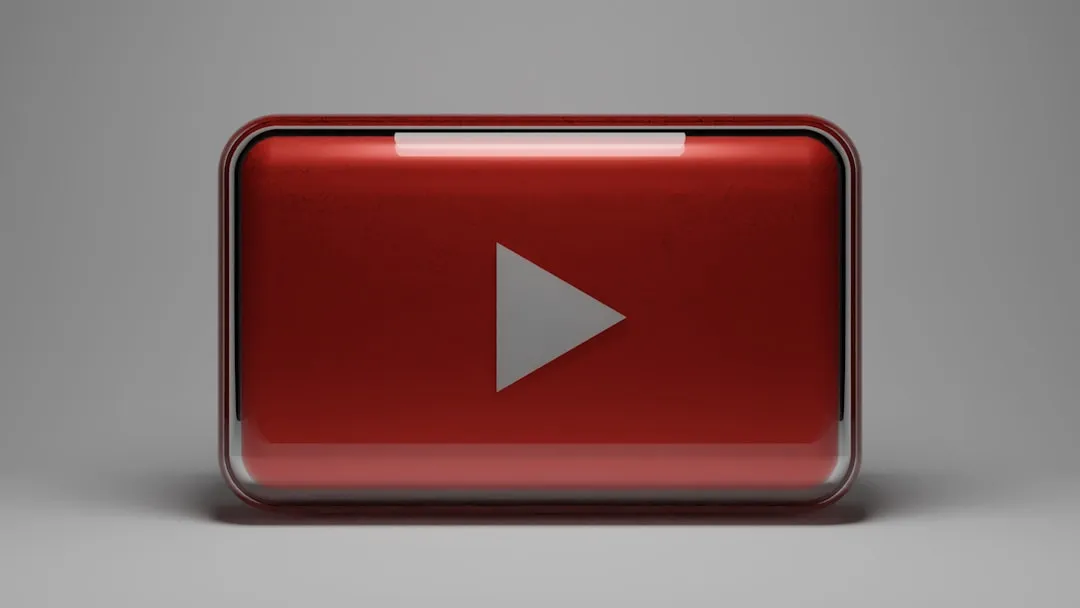

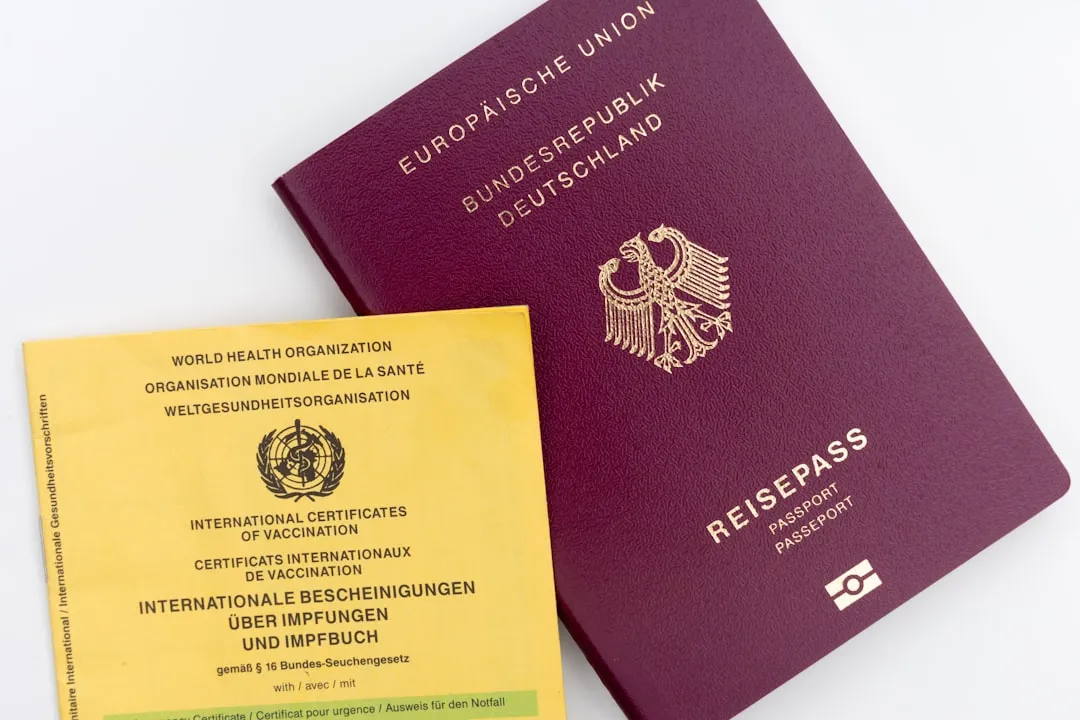






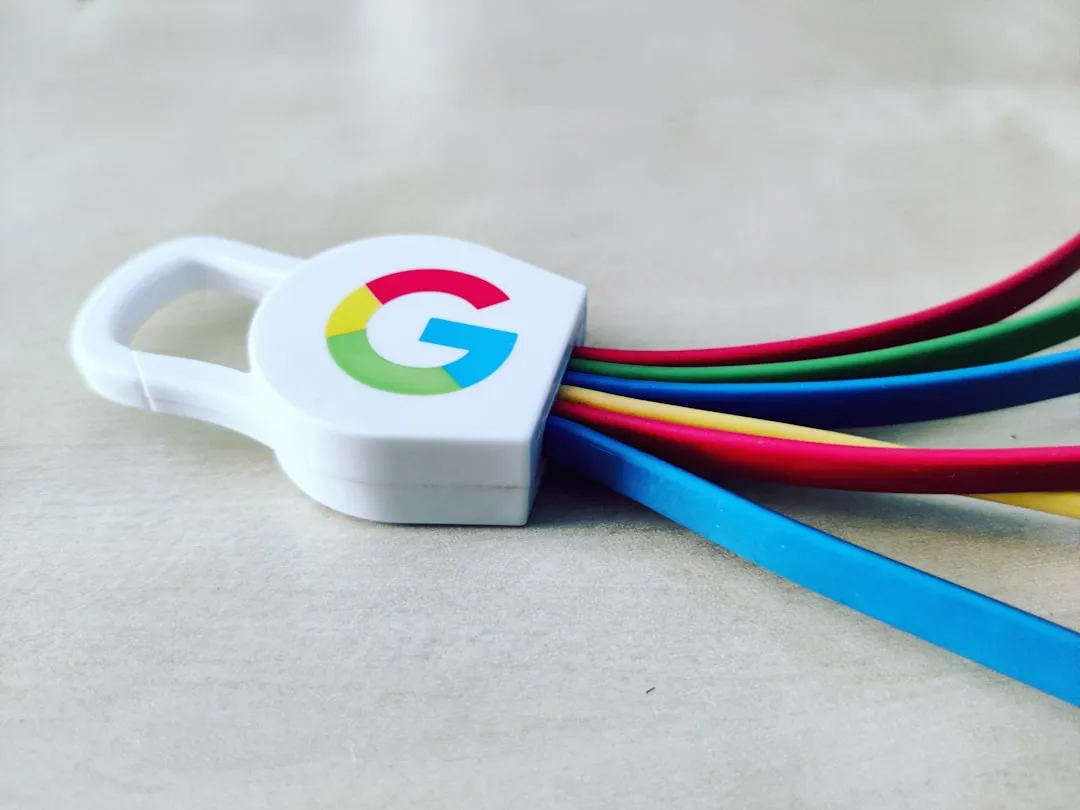

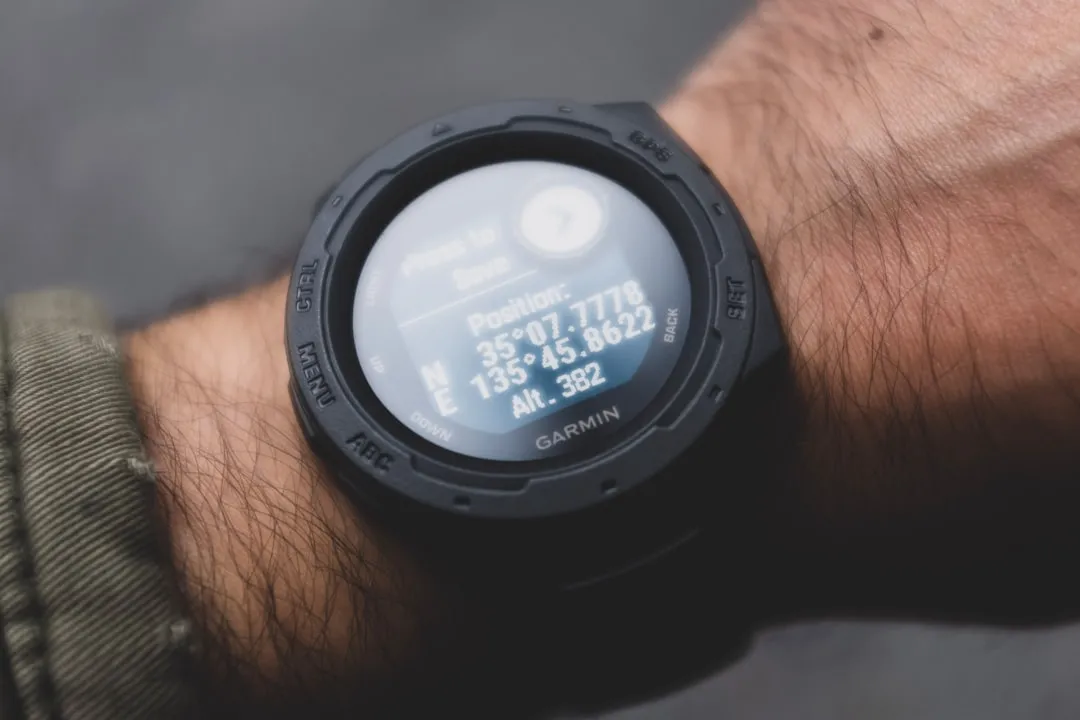


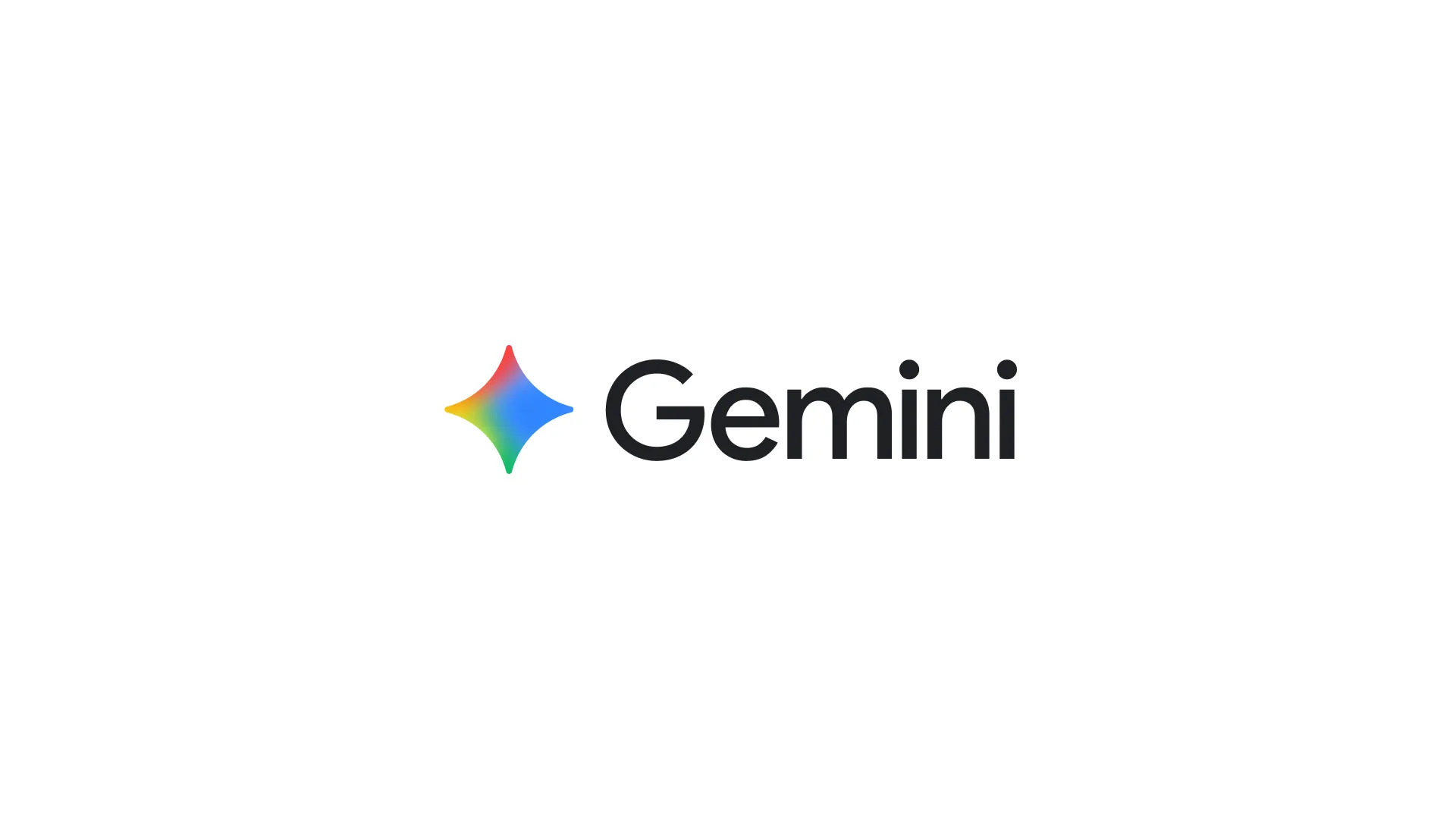

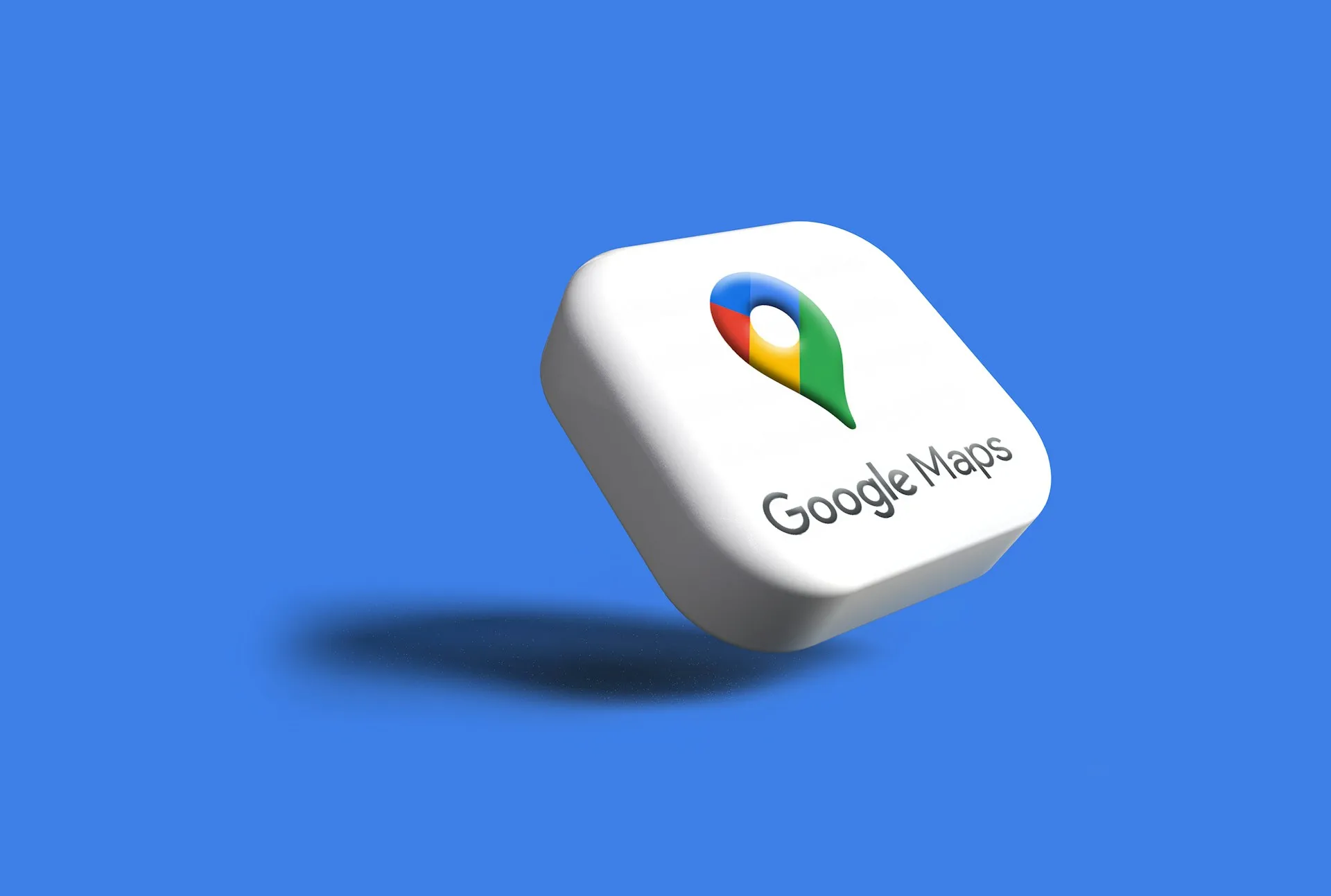
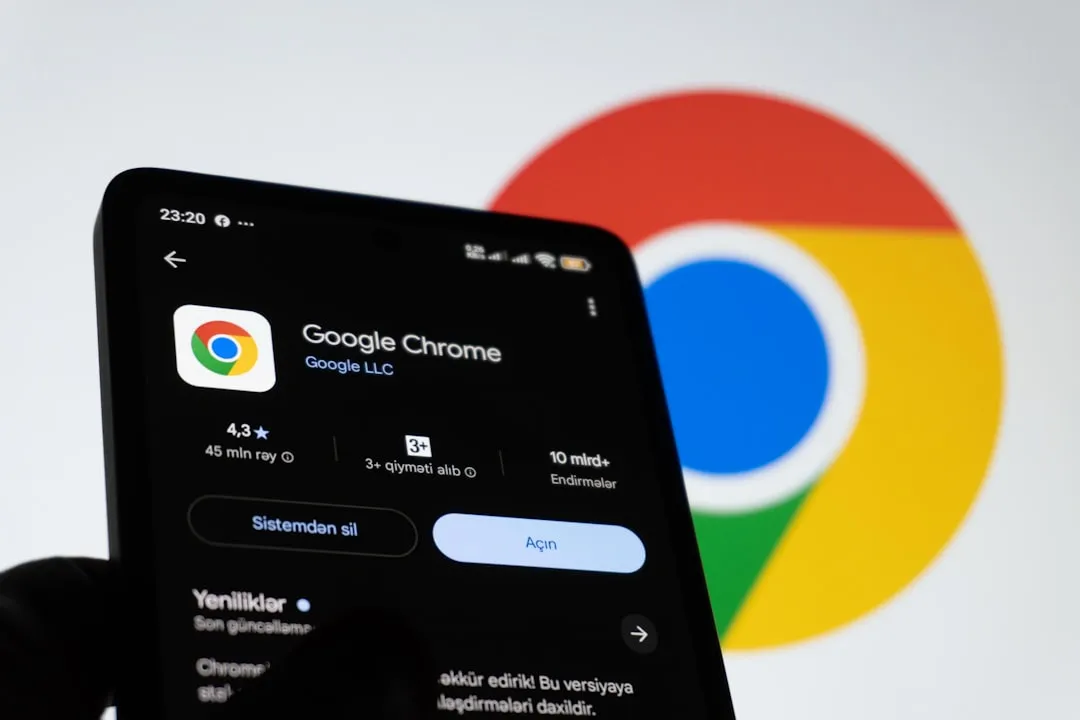

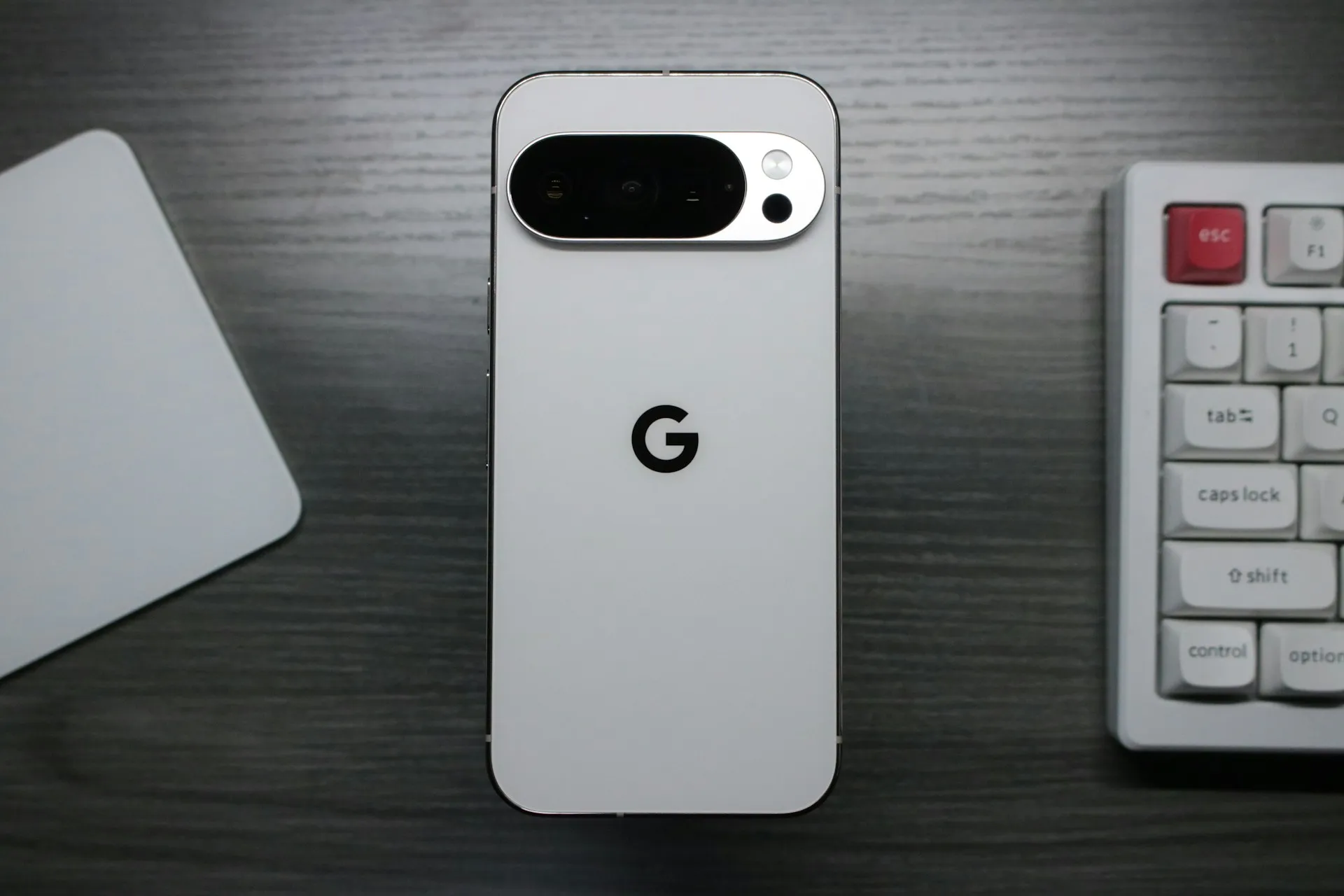
Comments
Be the first, drop a comment!